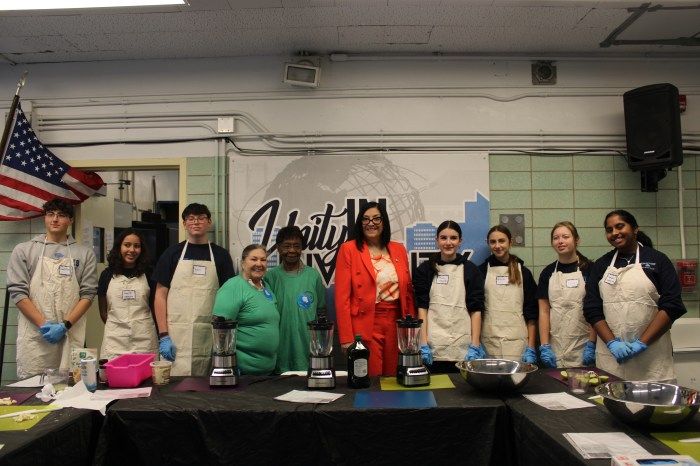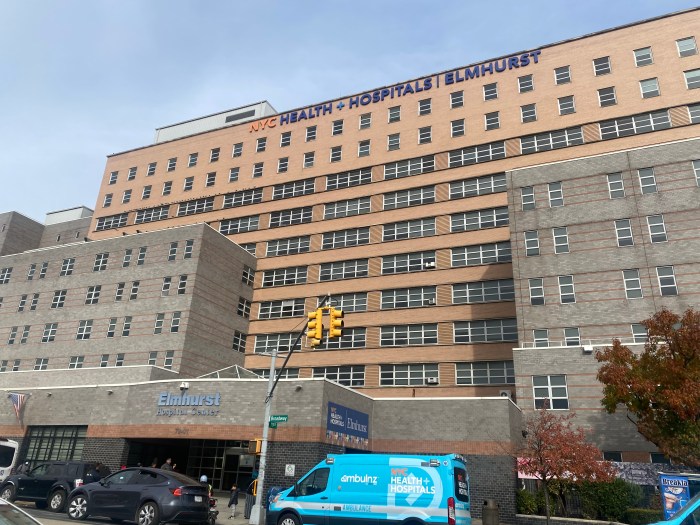Did you know that one in every three Americans over the age of 65 fall per year, and that half of the individuals ages 85 and above fall annually? It is a fact; the risk of falling increases along with age.
However, most of these falls are preventable and cost the healthcare system $20 billion dollars in preventable damage.
Strong Foundations, a Visiting Nurse Service of New York (VNSNY) program, focuses on decreasing the rate of annual falls.
VNSNY is a home health care provider and offers the most services for seniors in New York.
“Anytime somebody has a need we will provide the care,” said Joe Gallagher, the VNSNY Supervisor of Rehab and Clinical Education.
Home health care is a service available at home instead of at a hospital or health care facility. It is usually cheaper and more convenient, and it is meant to treat injury or illness.
“Home health care is meant for patients who are homebound and can’t get out of the house easily,” said Gallagher. “[That may include] patients that don’t leave home because they are afraid of falling.”
Gallagher explained that those are the sort of patients Strong Foundations is ready to serve; patients “who are at risk [of falling]”.
After community physicians recommend patients to VNSNY, nurses, physical therapists and occupational therapists will evaluate the patients in their homes.
That makes the program “convenient and appealing to the patients,” said Gallagher.
Strong Foundations began in Queens during early spring, and the evaluating staff received special training. It has been “rolling out” to other boroughs because of its importance to older folks.
During the evaluation, the VNSNY staff focuses on eight aspects of the patients’ living conditions that may affect their chances of falling.
“[These] eight factors [are] the foundations of this program,” said Gallagher.
The factors include the medical history, ambulation, vision and strength of the patient, as well as the home environment and footwear.
“Some patients don’t wear footwear that is appropriate,” Gallagher stated. “For example, some women insist on heels instead of proper footwear with rubber soles.”
The VNSNY staff will also evaluate the regular medication of the patient. Sometimes the side effects of the medication cause dizziness or loss of balance, another factor evaluated by the staff.
“[After the evaluation], we’ll come up with a treatment plan individualized for the patient,” Gallagher said assuredly.
“We will do [the treatment] as long as it takes for the patient individually.”
During the treatment phase, nurses, physical therapists and occupational therapists come to the patient’s home two to three times a week and work with the patient on exercise and education on the matter. The patient also receives a Strong Foundation guidebook that serves as a reference.
“It is also a great means of communication between patient and doctor,” Gallagher continued, explaining that the patient can show the guidebook to the doctor with the notes that the VNSNY staff writes about the patient’s progress.
Patients are also encouraged to install grab bars wherever extra assistance may be needed, and to assure that the rubber tips on the bottom of walkers and canes are not worn out. They should arrange the furniture in their rooms in such a way that there is an unobstructed path, and should eliminate clutter.



































